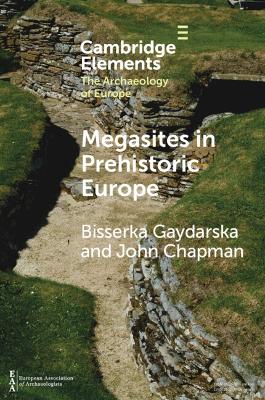Elements in the Archaeology of Europe
1 total work
This is an Element about some of the largest sites known in prehistoric Europe – sites so vast that they often remain undiscussed for lack of the theoretical or methodological tools required for their understanding. Here, the authors use a relational, comparative approach to identify not only what made megasites but also what made megasites so special and so large. They have selected a sample of megasites in each major period of prehistory – Neolithic, Copper, Bronze and Iron Ages – with a detailed examination of a single representative megasite for each period. The relational approach makes explicit comparisons between smaller, more 'normal' sites and the megasites using six criteria – scale, temporality, deposition / monumentality, formal open spaces, performance and congregational catchment. The authors argue that many of the largest European prehistoric megasites were congregational places.
